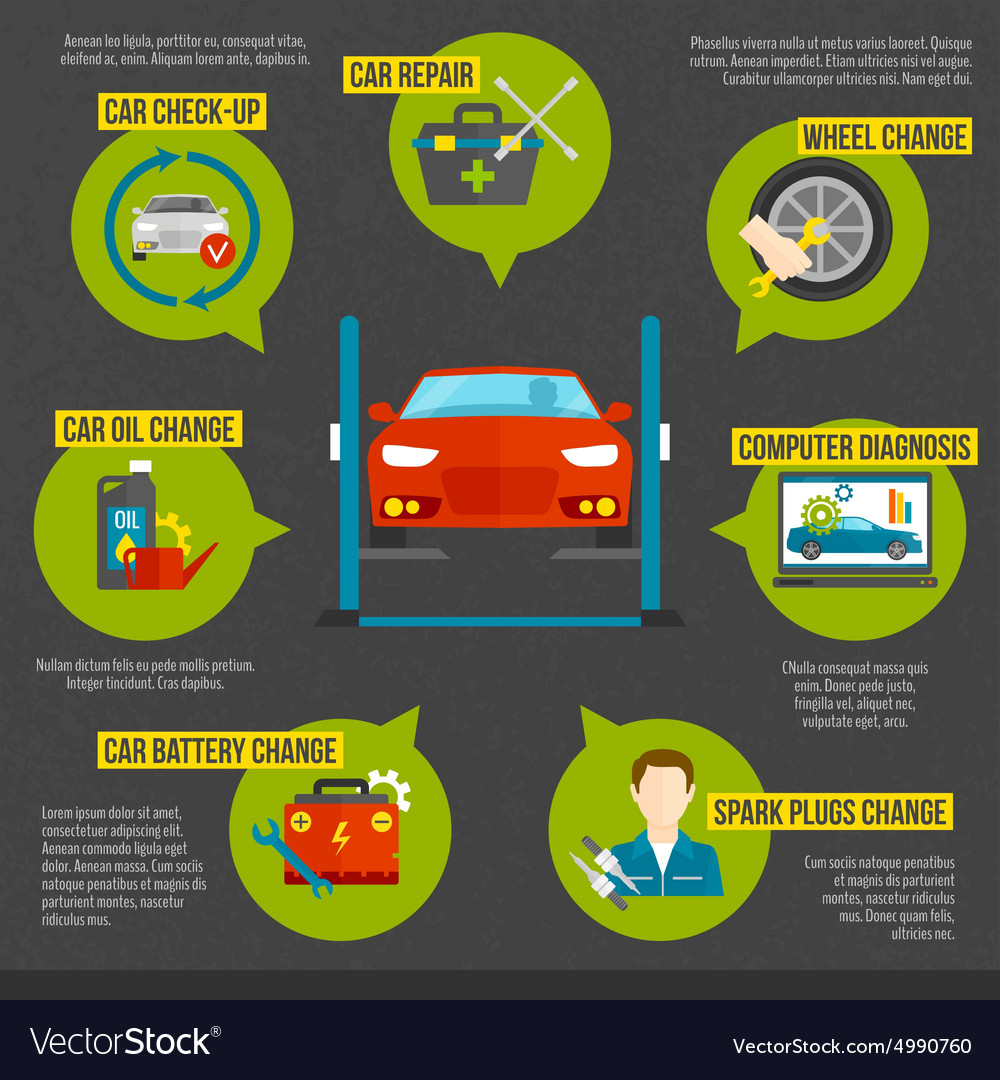Decoding Your Automobile'S Warning Indicators: What They Really Symbolize
Decoding Your Automobile'S Warning Indicators: What They Really Symbolize
Blog Article
Material By-Higgins Torres
When you lag the wheel, those beautiful warning lights on your control panel can be a little bit puzzling. Do car cleaning and detailing near me know what they're trying to inform you about your auto's wellness? Understanding the value of these lights is crucial for your safety and security and the longevity of your automobile. So, the following time one of those lights pops up, wouldn't you intend to decode its message accurately and take the essential steps to resolve it?
Common Caution Lighting and Interpretations
Identify typical caution lights in your auto and comprehend their significances to guarantee risk-free driving.
The most regular caution lights consist of the check engine light, which indicates issues with the engine or exhausts system. If benzdetailing. comes on, it's important to have your car inspected immediately.
The oil pressure advising light shows reduced oil stress, needing prompt focus to prevent engine damages.
A blinking battery light may suggest a damaged charging system, potentially leaving you stranded otherwise resolved.
The tire stress monitoring system (TPMS) light signals you to reduced tire stress, impacting lorry stability and gas effectiveness. Neglecting this might result in risky driving conditions.
The abdominal muscle light shows a trouble with the anti-lock braking system, endangering your ability to stop swiftly in emergency situations.
Lastly, see it here advising light warns of engine getting too hot, which can result in serious damage otherwise solved promptly.
Recognizing these usual caution lights will aid you resolve issues promptly and preserve secure driving problems.
Relevance of Prompt Attention
Recognizing the common caution lights in your automobile is just the primary step; the significance of quickly dealing with these warnings can't be highlighted enough to ensure your safety and security on the road.
When a caution light brightens on your dashboard, it's your car's method of communicating a prospective concern that needs focus. Disregarding these warnings can cause a lot more severe issues down the road, endangering your safety and potentially costing you more in repairs.
Trigger focus to cautioning lights can avoid failures and crashes. For example, a flashing check engine light might suggest a misfire that, if left unattended, can create damage to the catalytic converter. Resolving this quickly can conserve you from an expensive repair work.
Likewise, a brake system advising light may indicate reduced brake fluid or used brake pads, critical parts for your safety when driving.
Do It Yourself Troubleshooting Tips
If you observe a warning light on your control panel, there are a few do it yourself fixing tips you can attempt before seeking professional help.
The first step is to consult your car's handbook to recognize what the specific caution light shows. Often the problem can be as easy as a loose gas cap activating the check engine light. Tightening the gas cap may fix the trouble.
An additional common problem is a reduced battery, which can trigger various cautioning lights. Inspecting the battery links for rust and ensuring they're safe and secure might take care of the trouble.
If a caution light persists, you can try resetting it by separating the cars and truck's battery for a few mins and then reconnecting it. Furthermore, examining your vehicle's liquid degrees, such as oil, coolant, and brake fluid, can assist repair cautioning lights connected to these systems.
Final thought
Finally, recognizing your car's warning lights is necessary for keeping your car running smoothly and securely. By without https://gunnerjeavp.madmouseblog.com/10431290/a-years-of-progression-in-automobile-explaining-techniques dealing with these signals and recognizing what they indicate, you can avoid expensive fixings and potential failures.
Remember to consult your car's handbook for specific information on each warning light and do something about it appropriately to ensure a hassle-free driving experience.
Keep notified, remain safe when driving!
